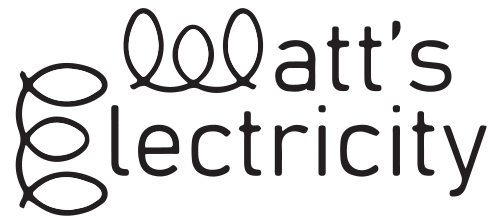



This board contains 9 different types of material, each of which can be included in a circuit to see how conductive they are.
Youtube video, suitable whether of not you have the board with you.
See board images.
Tutorial guide for when you have the board with you.
This board is showing how well electricity can flow through some different materials. If electricity can flow through a material, it’s called a conductor.
Move the rotary switch round to point to the word aluminium and hold the big red button down.
You will see we have a working circuit as one of the lights has turned on. Let’s follow the circuit from the top end of the battery pack. The next component is an ammeter that tell us the current. Note that the scale on the meter says mA this time. That means milliamps - each of these are one thousandths of an amp, so that's a very small flow, but it’s enough for this circuit.
Our circuit continues from the ammeter across the top of the board and down the light which is on, through the piece of aluminium, then the rotary switch and back to the battery via the red button. Now at the moment all the different components in our circuit are good conductors, including the aluminium, so we get the good current of about 26mA going round the circuit.
Now move the rotary switch to the next position and hold down the red button again. Now the circuit includes a long length of copper wire. While copper is a very good conductor, when its long and thin it will restrict the flow a little so you will see that the current is slightly less than before.
The next one includes a plate of copper and the current will go back up to the same as the aluminium. The next one is interesting, there are very few materials that are not metal that will conductor, but carbon is one of them. It’s not very practical to use in most situations because its breaks so easily. The lead is a good conductor but the next one isn’t – it’s water. But importantly it will allow some current through the circuit, this is why it’s very important at home that electrical devices do not get wet as that can give you an electric shock if you become part of the circuit!
Steel is a good conductor and so is the next one – mercury, this is a strange metal as its normally a liquid. Brass is another good conductor which is good because all the bolts holding on the metal plates are made from brass! The next one is a thin long length of two metals combined - chromium and nickel (called nichrome) and this is not a perfect conductor, and you will see the current drop. This type of wire is used in circuits where we want it to not to be a perfect conductor. If the current is must higher than it is in this circuit, the wire can get hot. The last one is stainless steel and you will find this is a good conductor.
The bead of mercury here is in something called a tilt switch. If you select this, hold the big button down and tilt the board, you will see that at some angles the circuit will be broken. This type of switch is used in places where it’s important to know if something is flat.
Use the magnet on the length of wood to see which if the metals across the bottom are magnetic – that means the magnet will stick to them. This will be useful information on some future boards.
Some follow-up ideas to try...